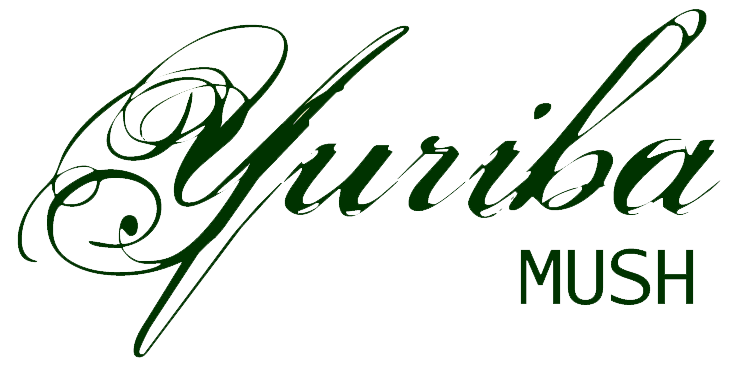Harvest bear
The largest native species on the island, the harvest bear (Ursus Falxus) is the apex predator of the island, particularly for chic deer and the Yuriban wood hog. They are omnivorous but tend to favor meat and hunt more than other ursine species, turning to vegetable matter primarily to extend the time they can go between larger meals. Their name derives from their overly large front canine teeth, which curl over the lower jaw in a manner reminiscent of a harvest scythe. They are most commonly found in the deepest parts of the Yuriba Forest and are believed to be more common on the unexplored western half of the island, although quiet and careful residents can sometimes spot them in the east, particularly fishing from the Yuriba River. The native population is not massive, but seems fairly stable.
Physical Description
While certainly large enough to make humans and other residents nervous of them, the harvest bear is fairly small for a member of the Ursidae family. The average specimen will be between 60 and 75 inches in length and stand between 35 and 40 inches at the shoulder. Weight varies widely, anywhere from 100 to 400 pounds depending on the individual. Harvest bears almost always walk on all fours, although on rare occasions they can be seen rising onto their hind legs to reach things high up in trees.
Rather than the dark hues common to most familiar bear species, the fur of the harvest bear tends to vary between one of several pale hues. The most commonly seen are a soft grey and a dark cream color, although light tan and golden blonde colors are spotted on rare individuals. The fur is very thick and shaggy and covers a stocky, large body with a snout slightly longer than most other bear species. The other obvious visual distinction is, of course, the large canine teeth, although an examination of a harvest bear jaw would find their teeth slightly better adapted to eating a primary meat diet than an omnivorous one.
Habitat and Behavior
Harvest bears generally are comfortable in all parts of Yuriba except for the village proper. They tend to be shy around humanoid creatures and will typically give them a wide berth.
They are most commonly seen in the spring, summer, and fall, hibernating during the winter season in dens generally located beneath large tree roots, in natural caves, or in ancient Lilian ruins; their presence is a very real danger to explorers of the ruins, as they have been known to attack in defense of their homes. The mating cycle occurs primarily in August and the first week or two of September, with the cubs (generally between one and three, although larger litters can occur) being born between late January and the middle of February. While they are weaned before the family enters hibernation once more, cubs generally stay with the mother for two additional summers before striking out on their own.
